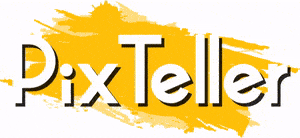How to Improve Your Portfolio with 2D Rendering
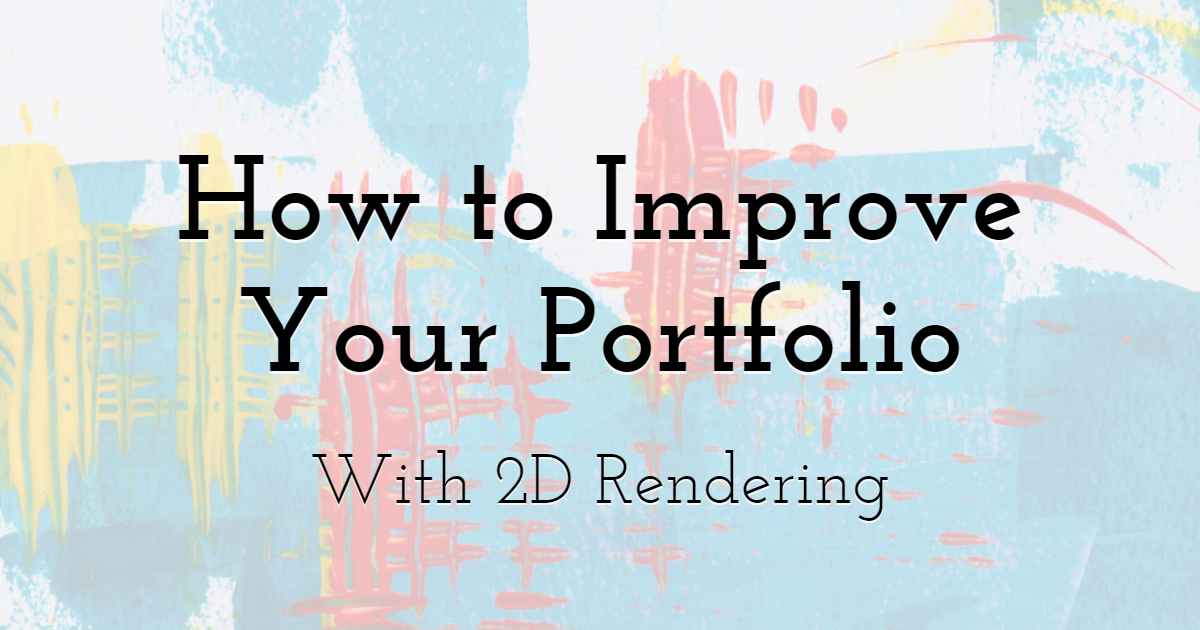
Make appealing custom photos & render beautifull animations with PixTeller free image editor.
Very often, young artists and enthusiasts can't find a job. They devote a lot of time to practicing in the profession, but most remain undervalued – time after time, they receive refusals from large companies even before the interview stage.
The reason for this may be a weak portfolio and the inability to present themselves. Sometimes there is a lack of simple skills that would not take much time to learn, for example, such as knowledge of 2D rendering: the ability to operate with color, light, temperature, understanding the properties of materials and surfaces. You can do all of that with PixTeller animation maker.
Therefore, we suggest that you upgrade your portfolio right now. Catch a list of recommendations that will help you build a strong portfolio.
Step 1: Selecting the Pieces
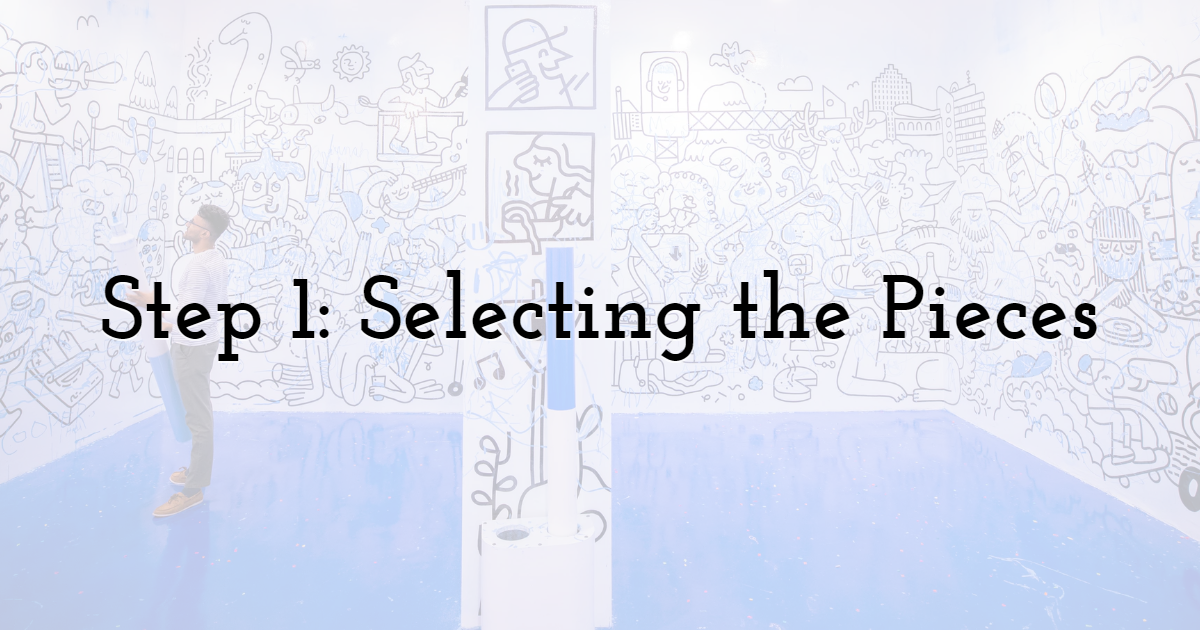
There are two options: creating a portfolio from scratch or upgrading your old one. The second option will save a lot of time and help you demonstrate your skills to a potential employer.
The pieces should be checked according to the main drawing criteria: topology and composition, light and color. Read more about this.
Topology
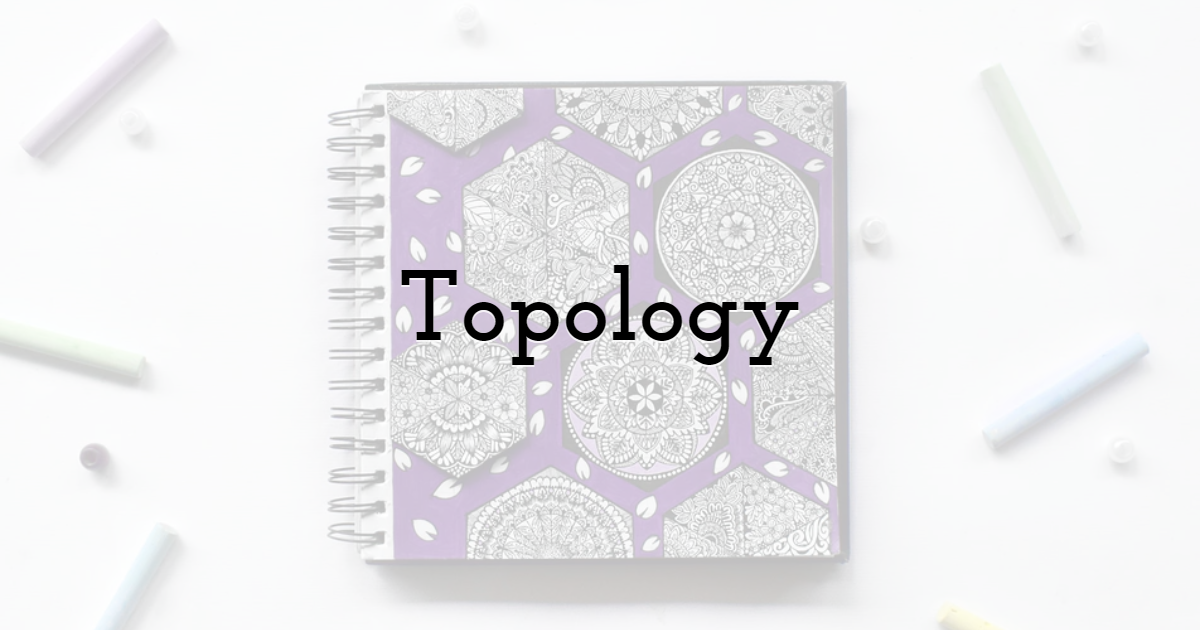
It is responsible for the correct arrangement of forms in space. In simple words, it represents an object in the form of a fraction of a basic shape. Take the basic shapes - a sphere, a cylinder, or a cube, and draw the sections.
This skill will help you train your spatial thinking. When you move on to complex objects, mentally decompose them into simpler ones. So you will correctly place them in space.
Composition
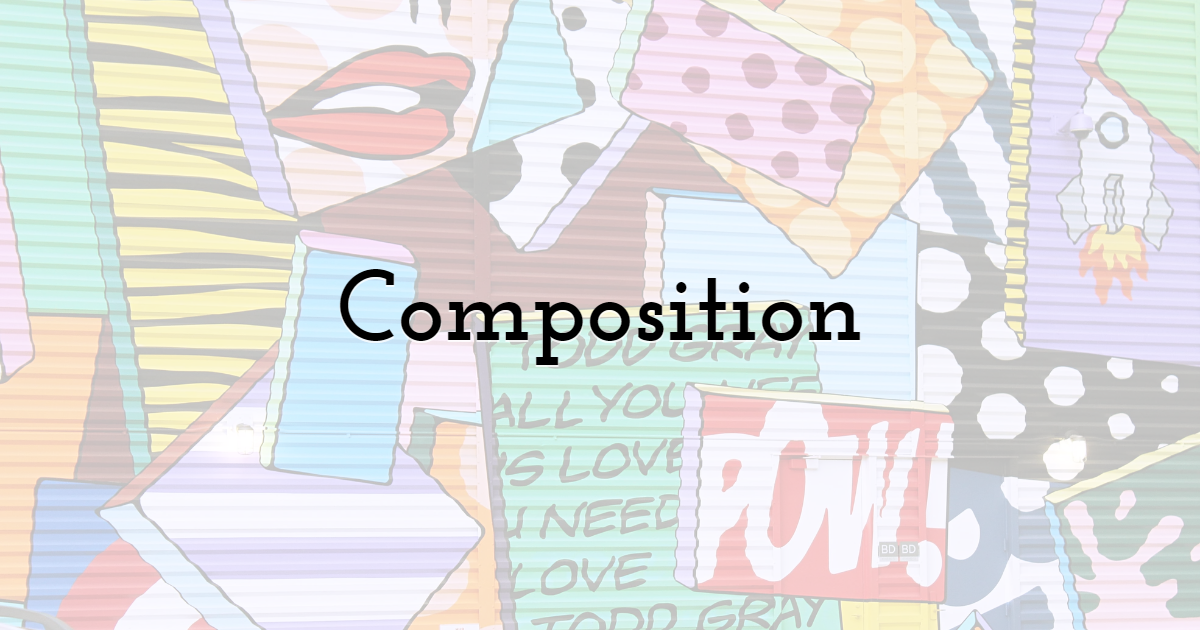
It is often checked against spatial grids like the rule of thirds. To do this, divide the frame into three equal length and width segments and represent it as nine rectangles. The key objects are located at the intersections of the lines.
Another way to check the composition is to mentally remove the object from the frame. If the integrity is not broken, then this object was superfluous.
Light
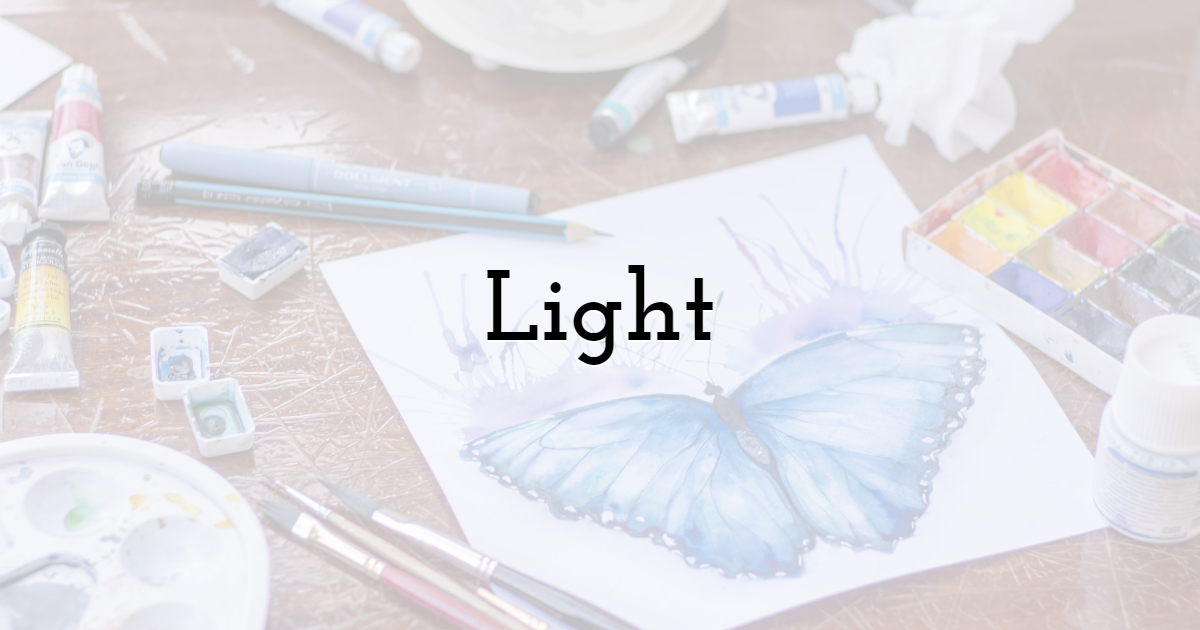
The light helps the viewer to look at the right place ( key light), highlight the silhouette of the object (rim light) or highlight dark areas (fill light). These three main light sources can be varied and supplemented depending on the compositional tasks. The main thing is to place them not randomly but with a specific purpose.
Color and its Temperature
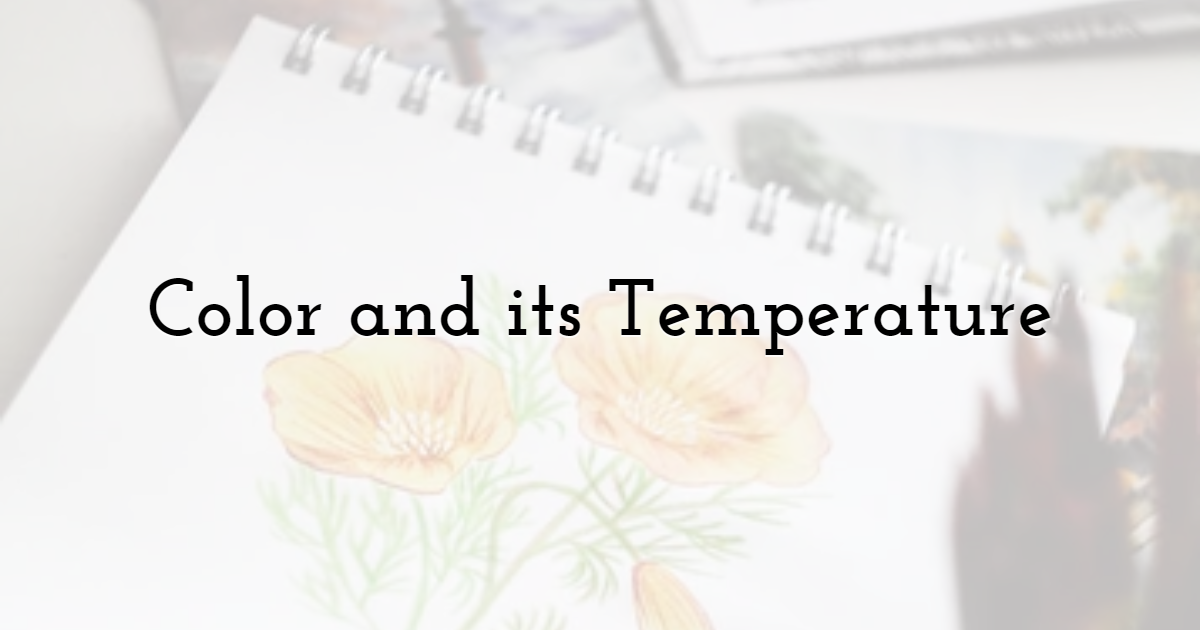
Observe your feelings at different temperatures in the room - in the same way. The color temperature sets the atmosphere of the picture. Warm colors are often used to give the pattern dynamics, and cold colors are used for passive states.
Important: the same color may affect the viewer differently depending on the context and temperature. So before you finalize the drawing, play with the colors and shades and choose the most successful combinations.
Step 2: Creating a Complete Concept
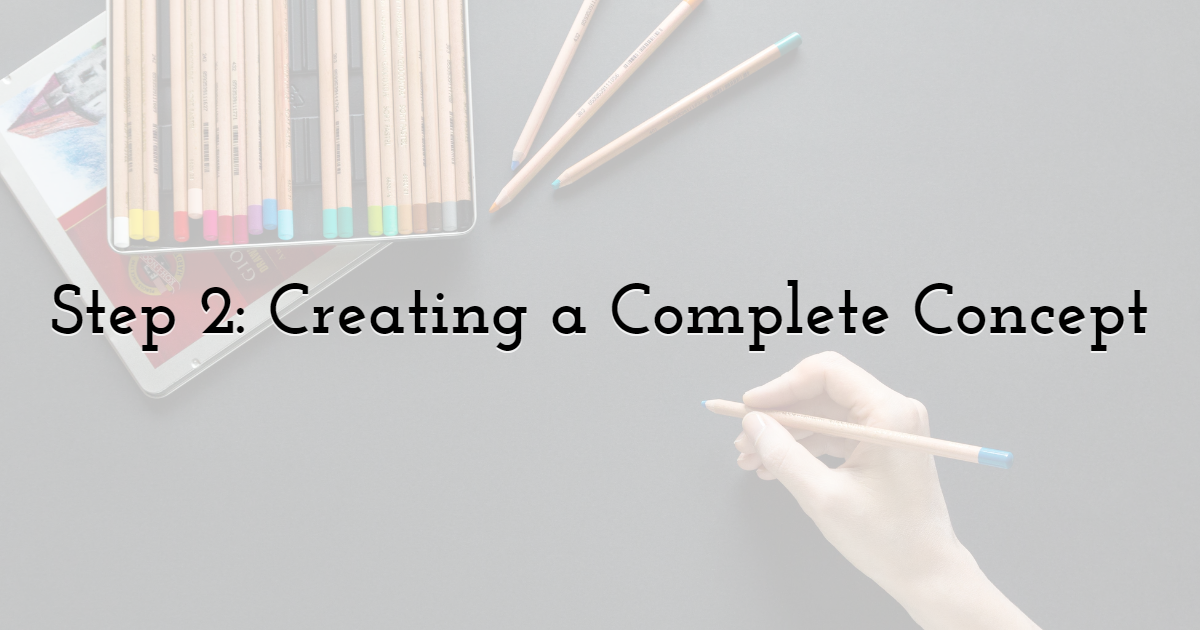
The best portfolios are often united by one idea, style, and sometimes even the plot. Such portfolios are created based on large projects. They show the artist's ability to think big, to create a complete picture, and to work out the details.
And if the portfolio is more like a collection of all kinds of art, then determine the style in which the company of your dreams works and collect works in a similar performance.
For example, before you send a portfolio to a game development company, make a small comparison in color and brightness with the studio's projects. This will show your interest and match your skills to the tasks of the project.
Step 3: Show the Skill of Working With Materials
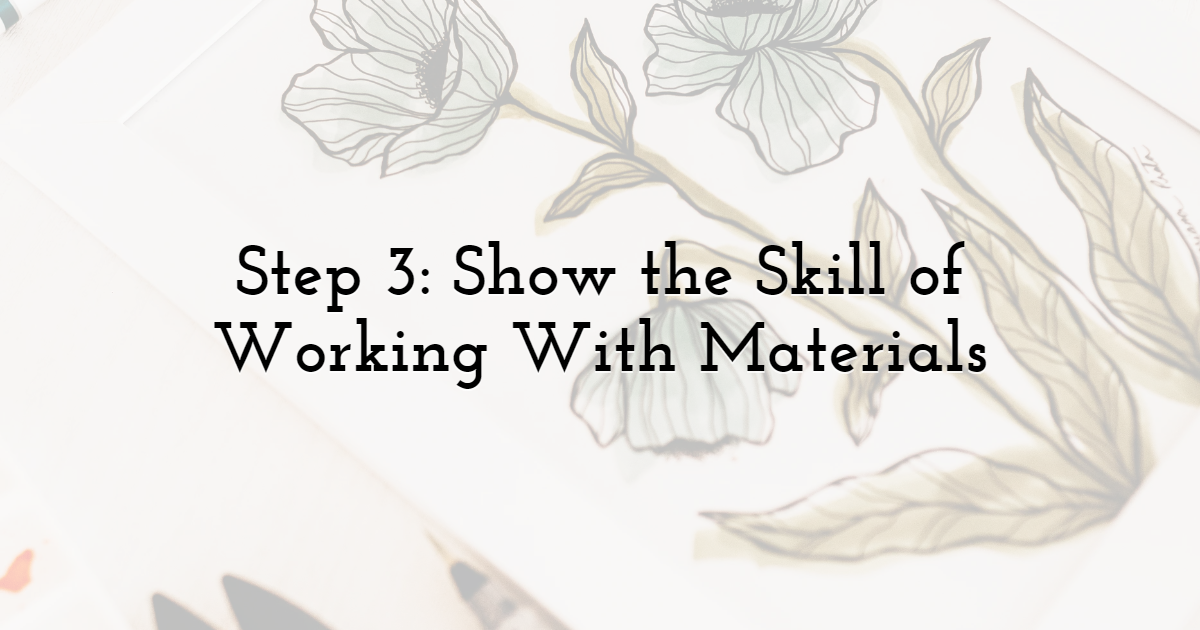
Aspiring artists often learn from the tutorials. Such lessons help you draw an object, but they do not understand the basics. Therefore, the figures in their drawings often look disorganized and stand out from the overall picture. So the employer will quickly notice that you are good at drawing, but there may be a problem withdrawing from scratch.
For the drawings to always look balanced, you need to take into account many aspects: the physical characteristics of the material, the lighting, the environment in which it is located.
Any material is subject to careful study. Try to observe how different types of surfaces interact with light and the environment and try to reproduce it in the drawing.
Step 4: Creating a Portfolio
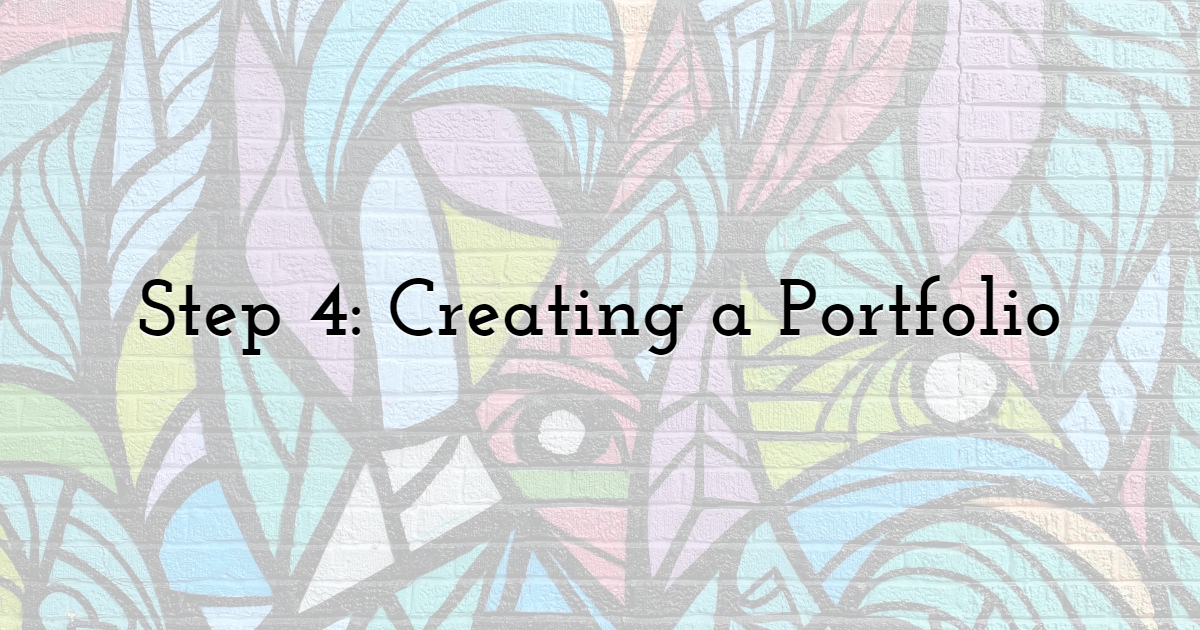
Which is more important - the filling or the wrapper? In our case, it's both. Recruiters pay attention to the correct design of the resume, accuracy, and uniform style.
Make sure that when viewing your portfolio, the employer's attention is not distracted by incomprehensible fonts or linings in color. Let your wonderful works shine in the spotlight.
Work with contrast - this will help to emphasize the work and shift the focus of attention to them. Otherwise, you can choose one neutral background that will match the mood of the art – this will show that you know how to work with color.
Step 5: Request Feedback
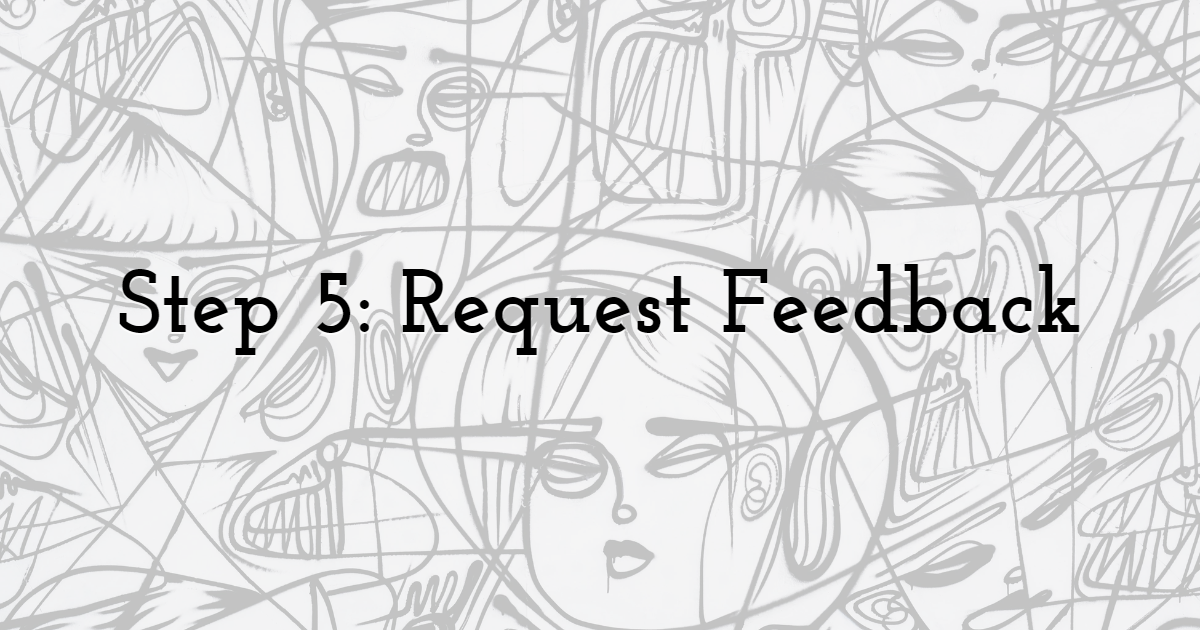
Sometimes it is difficult for us to evaluate our work objectively. Wildly when a lot of time and effort is spent on them, aspiring artists often underestimate themselves, so the peers' feedback is essential. If you are a student struggling with academic writing, you can not only turn to peers but also get some practical essay writer help from Essaywriting.help.
The most effective way is to contact a person from the art industry. A practicing art director can evaluate the drawing from the point of view of a potential employer, point out the advantages and things that need to be finished.
In addition, a review from a community of artists of your level will be useful. After all, sharing your work with colleagues is a way to assess each other's level of competence, exchange experience, and ideas.
Until next time, Be creative! - Pix'sTory made by Alicia Burmeister
Recommended posts
-

6 Essentials Reasons You Should Include Images in Your Web Design
Read More › -

How Web Design Affects Your SEO Performance
Read More › -

What Makes An Onboarding Platform Truly Effective?
Read More › -
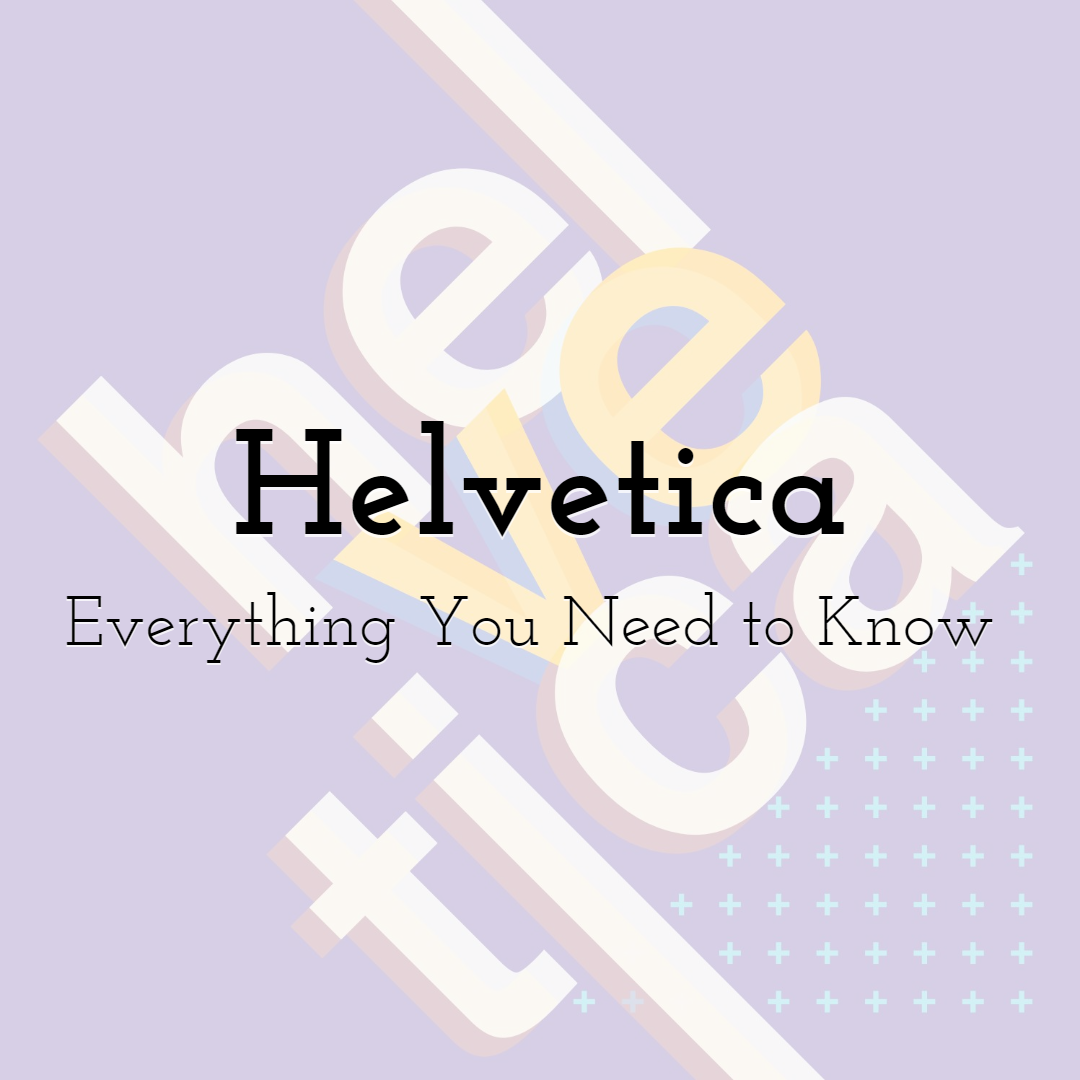
Everything You Need to Know About the Helvetica Font Family
Read More › -
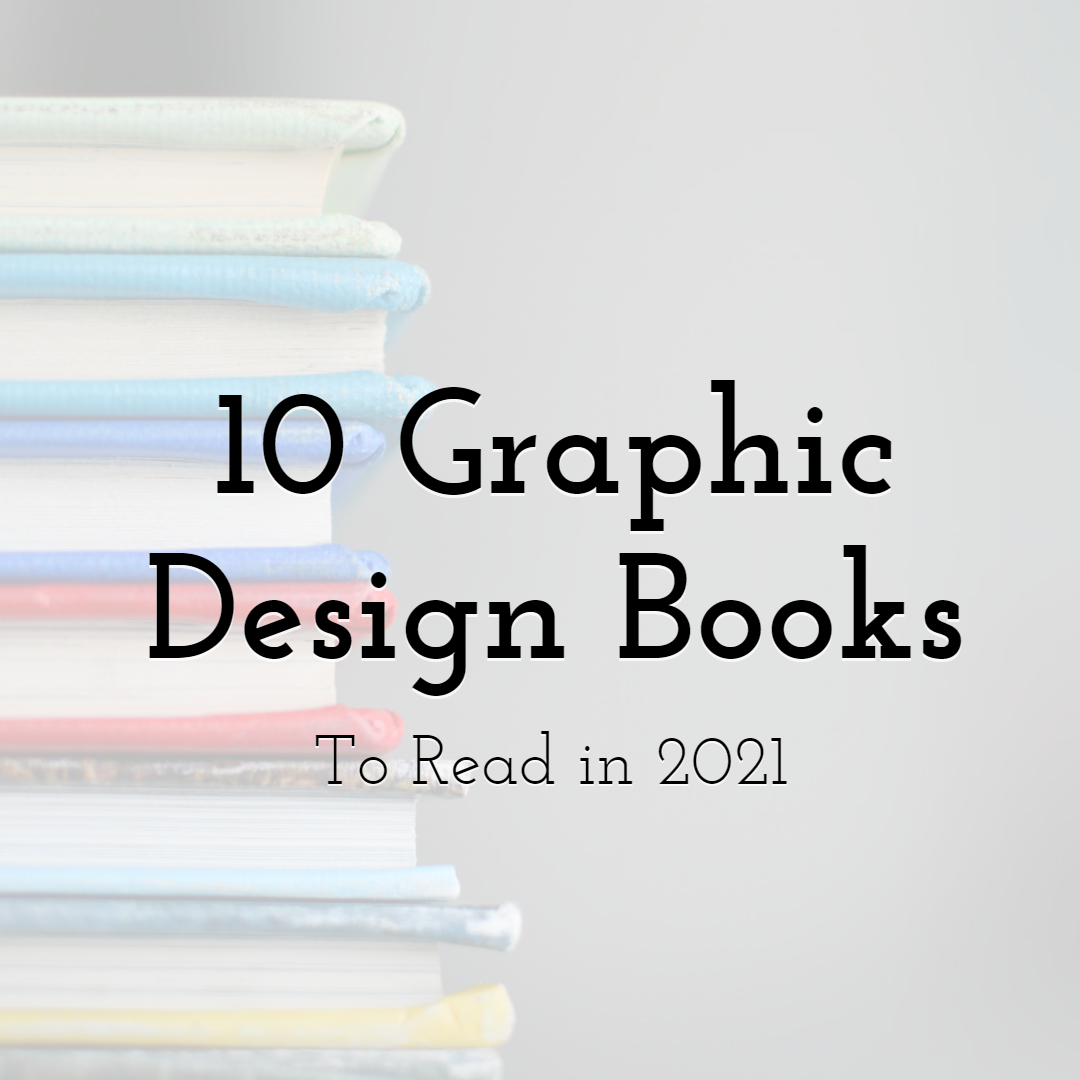
10 Graphic Design Books To Read in 2021
Read More › -

Top 10 Party Decoration Ideas
Read More ›
